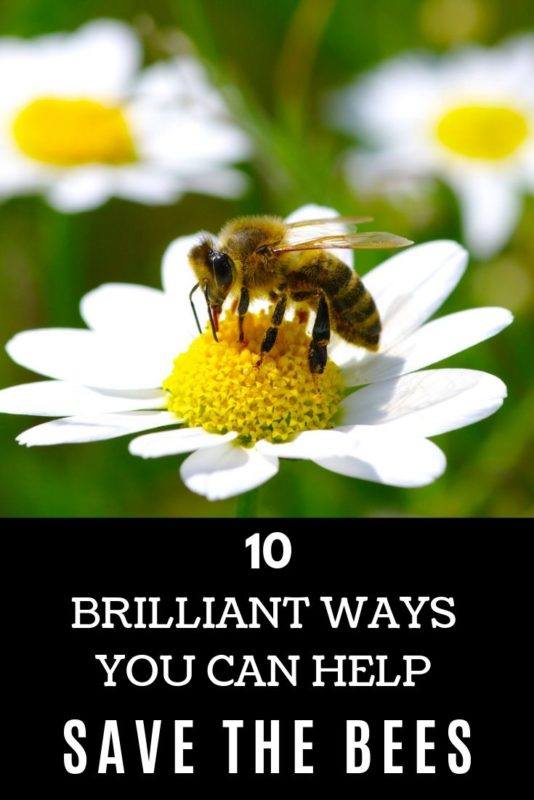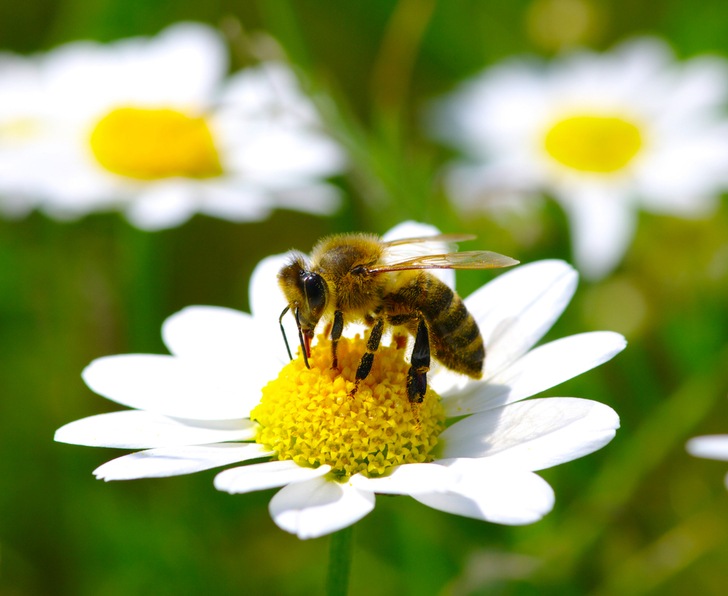
‘The bee is more honored than other animals, not because she labors, but because she labors for others’ – St. John Chrysostom.
Not only is the humble bee an incredible pollinator, responsible for helping the growth of some of our favorite treats including coffee and chocolate, but it’s the only insect in the world to produce food that humans can eat.
Over the last two decades, startling research has shown that this hardworking creature – once described by Earthwatch as the ‘most invaluable species on the planet’ – is in rapid decline. Since 2006, the USA’s commercial honeybee population has suffered a 40% loss, with the UK reporting an even greater loss of 45% since just 2010.
What this Decline Could Mean For Us
A Devastating Impact on Our Food Supply
Bees are responsible for pollinating many of our key fruit and vegetable crops. In fact, without their help over one third of our crop supply could be in danger of disappearing. Without the busy bees, we might have to say goodbye to almonds, apples, apricots, blueberries, strawberries, tomatoes and zucchini to name just a few. Even worse, with such a dip in food supplies, we could struggle to sustain our global population.
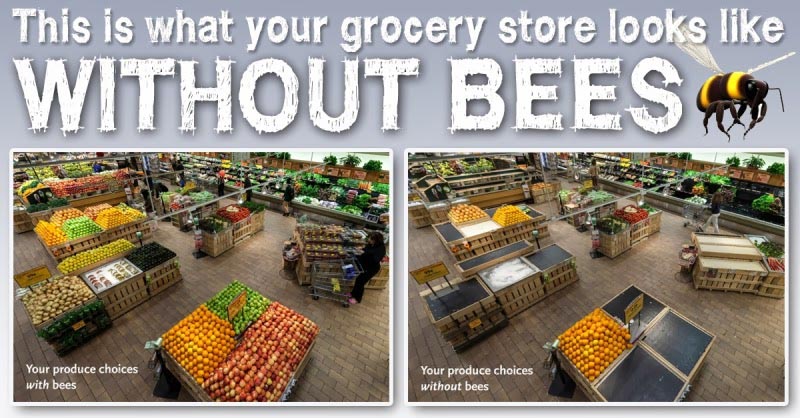
A Rise in the Cost of Food Production
If we don’t have bees to cross-pollinate for us, the job may need to be done by hand – a labor intensive and financially draining task, at an estimated potential cost of €265 billion annually worldwide. That translates to some very expensive fruits and vegetables for consumers! Of course, this is not a true estimate as, should the bees and their natural pollination techniques disappear completely, their services might prove impossible to replace.
A Serious Effect on Wild Flowers & Animal Life
Approximately 250,000 species of flowering plants depend on bees to help them pollinate. Without these incredible insects, many wild flowers and other plants would struggle to reproduce. As these flowers and their berries are often a source of food for insects, birds and small mammals, it could have severe consequences for the survival of such creatures. In turn, larger predators would find their food supply affected and also struggle to survive.
A World Without Honey
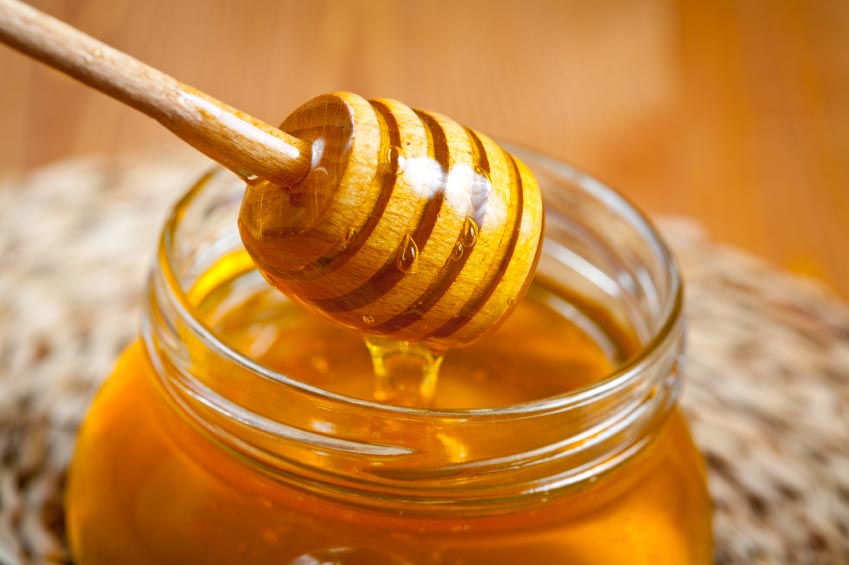
While the other effects of a decline in our bee population are far more alarming, it’s worth remembering that this ancient natural sweetener – with the host of health benefits it’s said to bring – could be lost forever.
What’s Happening To All the Bees?
Experts cite a variety of different causes for the loss of these noble creatures, including:
The Use of Insecticides
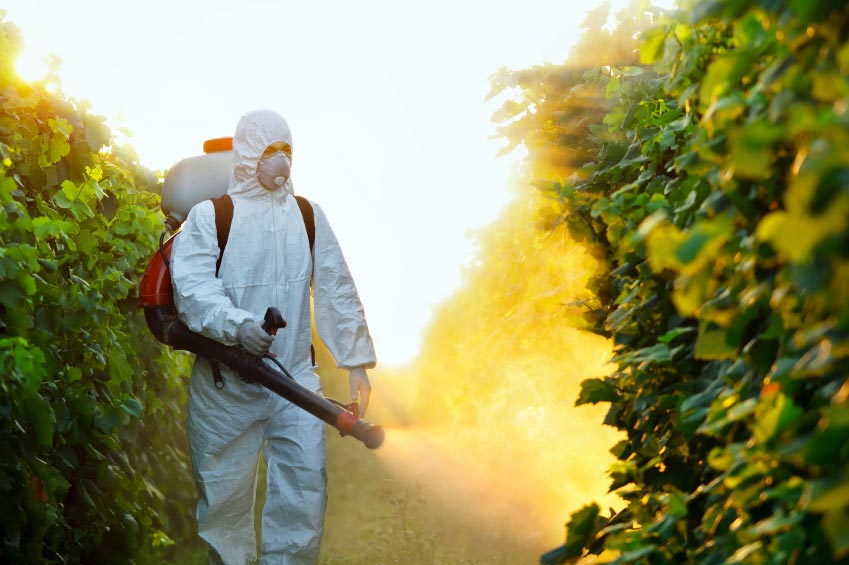
Believed to be responsible for the most dramatic losses of the global bee colonies, insecticides have been found to be present in pollen and nectar, meaning these chemicals are ingested by bees and other pollinators. Pesticides affect bees in a number of ways including their developmental rate, feeding behavior and even by affecting their learning process through neurotoxins, which impact their flower and nest recognition abilities along with their navigation skills. In addition, insecticides compromise their immune systems, making them more vulnerable to disease and parasites. The possible effects these chemicals have on our own health should also be a cause for concern. This short video by Pesticide Action Network Europe shows how insecticide-coated seeds (which are commonly used today in large-scale agriculture for pest management) are contributing to an environment which is toxic to bees.
Destruction of Natural Habitat
Both through urbanization and the increasing need for more agricultural land, we are systematically destroying our woodlands, grasslands, forests, fields and hedgerows – all the natural habitats of pollinators. This is believed to be a major cause of declining wild bee populations, as well as being responsible for a fall in the numbers of other plant and animal species.
Climate Change
The United Nations Environment Programme (UNEP) believes that the effects of climate change – rising temperatures, fluctuations in rainfall and generally more extreme weather conditions – have an impact on pollinator lifespan and practices. This global warming may also affect the natural synchronization between bees and plant life cycles.
10 Things You Can Do To Save The Bees
The above statistics and information are alarming, and should not be taken lightly. Here are 10 ways that you can help to stop the disappearance of the humble bee:
1. Support Local Organic Farmers

Given that insecticides are cited as being the main cause of bee decline, a switch to organic farming is the first logical step. Organic farmers work with nature and the seasons to grow their crops, without the use of harmful pesticides, supporting both biodiversity and the bee.
Take a trip to your local Farmer’s Market, meet the people who grow your food and admire the sheer variety of local and in-season fresh fruits, vegetables and herbs. Pre-packaged store bought produce will never look the same again, and buying organic benefits the bees, local farmers, the environment and your health!
2. Practice Organic Gardening At Home
Bee-killing chemicals are not only found in industrial practices, but also in many household insecticides too. Make sure to use only certified organic seeds, weed-killers and insect repellents or, better yet, make your own.
The more hard-core gardeners out there might even consider providing all the right conditions to foster a diverse and balanced ecosystem in their garden, encouraging an array of birds, butterflies, pollinators, and other wildlife in order to keep pests under control, the way that nature intended.
Take a look at our Gardening Archives for more organic gardening tips and ideas.
3. Plant Bee Friendly Flowers & Plants

Attract these invaluable creatures to your garden by filling it with vibrant and bee-friendly plants. Not only will you be greeted with an array of color when you step outside your door, but you’ll enjoy beautiful aromas, fresh seasonal flowers for your kitchen table and organic herbs picked straight from the garden.
If you’re stuck for space, try planting some on your balcony, in window boxes or hanging baskets – the bees will thank you for it!
Ideal plants include Hawthorn, Portuguese Laurel, Winter Honeysuckle, Lilac, Rosemary, Lavender, Fuchsia and Hydrangea with this article providing a full listing.
4. Buy Local Honey
Buy local organic honey as opposed to mass-produced supermarket brands. Your local beekeepers are far more likely to care about the health and wellbeing of their bees than large productions companies, who just focus on their bottom line. Not only will you keep your food miles down and support local businesses, but eating local honey may also help ward off seasonal allergies.
You can find a local honey supplier using this clever online tool.
5. Become A Beekeeper
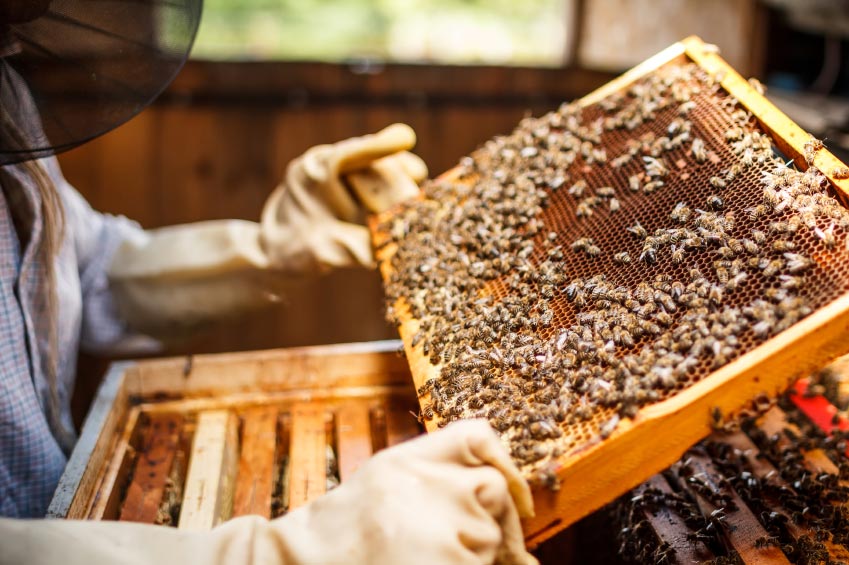
This one is definitely not for everybody! It takes a certain kind of person to want to dress head to toe in protective clothing and spend their day around bugs that will inevitably give them a sting or two. But if you’re interested in learning first-hand how these captivating creatures contribute to our world, and are concerned with conservation, then it just might be for you.
The American Beekeeping Federation offer free information on how to start beekeeping and the British Beekeepers’ Association even run beginners’ training programs.
6. Adopt A Hive
If you’re not ready for the challenge of keeping bees, but are interested in saving these incredible creatures, then you can always ‘adopt a hive’. Contact your local beekeeper or national association to see if they offer this program. For an annual fee you will be supporting the work of beekeepers, and will receive honey and honey-based products from your adopted hive, along with information packs and other goodies. You may even have the opportunity to visit your bees!
7. Set Up A Bee Refreshment Station
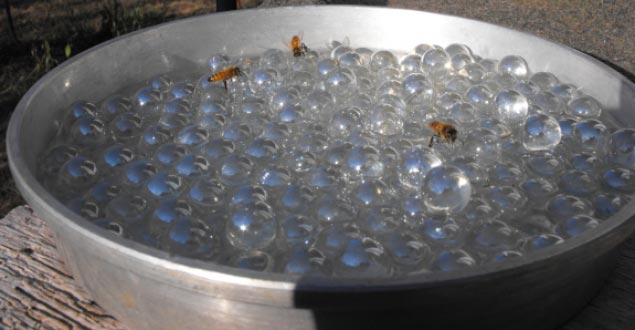
Now that you have rid your garden of nasty insecticides and are actively attracting pollinators through your choice of flowers and shrubs, it’s a good idea to set up a refreshment station for tired bees. After all the work they do, a bee can easily wear itself out and it’s not uncommon to see a lone bee lying on the ground, seemingly dead, as it tries to muster up the energy to find food and fresh water. Give them a helping hand by setting up this easy DIY Bee Watering Station or, for an added boost, mix up a little sugar-water syrup. Never give bees artificial sweeteners or honey, which can contain traces of viruses that may be passed on.
8. Learn More About These Captivating Creatures
While no one wants to hear that the world’s bee population is under threat, many may baulk at the idea of actually attracting bees into their garden. However, it’s important to understand that, unlike wasps and hornets, bees are not aggressive and will not sting unless they feel under threat. By learning how to act around a bee, you will avoid getting stung and need not fear them. Honeybees actually die after they sting you (although other types of bees do not) which should prove that they will not attack unless absolutely necessary!
Bees are attracted to brightly colored clothing so wear light colors when out in the garden, and avoid heavily scented beauty products or perfumes. They are often found in the grass so watch where you step and wear shoes when gardening or playing. If a bee hovers around you, don’t swat it – just stay still and he will soon ‘buzz off’! If you’re still not comfortable with the idea of bees in your garden or neighborhood and have found an unwanted hive, make sure to contact your local beekeeper who will safely remove it without harming its inhabitants. A quick online search will find you a local keeper, or contact your national beekeeping organization.
9. Lobby On Behalf Of Bees
Unless there is major legislative change or public outcry, industrial farming will continue to use these bee-killing pesticides and destructive agricultural practices. Speak up to influence the governments and companies who can make these changes happen. We need to call for more studies into the health and welfare of bees so we can more fully understand the devastating impact these practices are having on our pollinators, our environment, and our own health. Encourage your local government or council to fill public spaces with bee friendly plants, and petition to conserve what’s remaining of the bee’s natural habitat in woodlands, grasslands and hedgerows. Make a start right now by signing Greenpeace’s petition to Save The Bees!
10. Tell A Friend
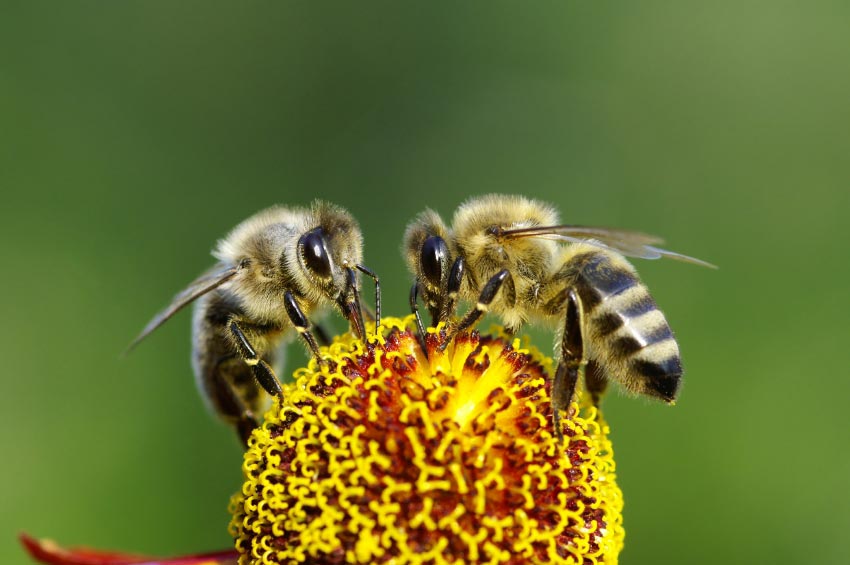
Lastly but by no means least, help to raise awareness of the bees’ plight so that we can build awareness and work together to save the world’s hard working bees and our future food supplies!
Sharing this article is a great way to start, so post a link on your Facebook, Tweet to your followers, Pin to your Pinterest account or email it to anyone who will listen to help spread this important message.
Who knows? Maybe we really could make a difference!
Pin This To Save For Later
